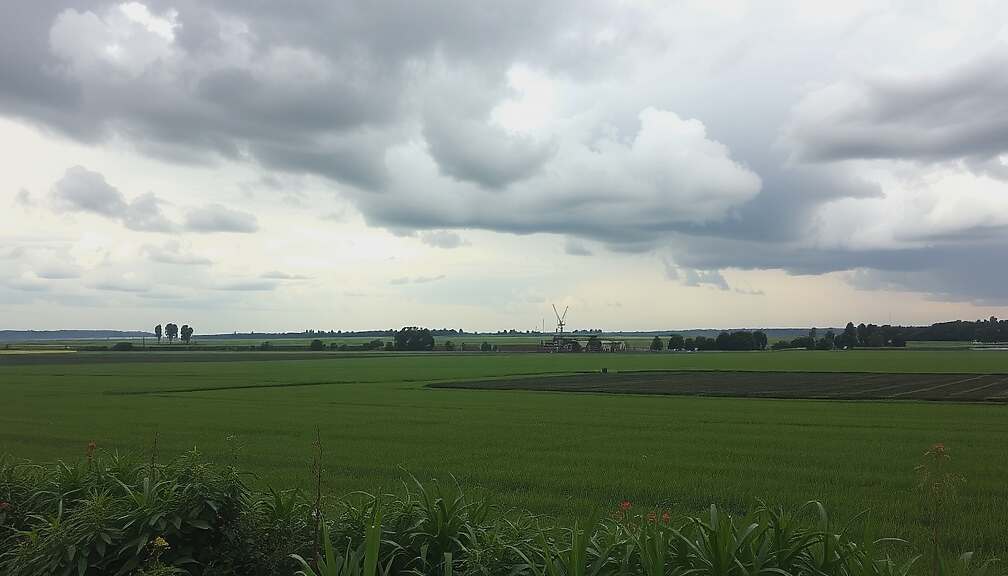Agricultural producer prices in Germany saw an unexpected uptick in August 2025, rising by 2.2 percent compared to the same period in 2024, reversing a trend of declining prices observed throughout the spring. This represents a significant shift from July 2025, which registered a -0.3 percent change year-on-year and June 2025’s -1.1 percent decline. Despite the overall increase, a closer analysis reveals a deeply polarized market, exacerbating concerns about the sustainability of German agricultural practices and potential inflationary pressures.
The divergence between plant-based and animal-derived product pricing continues to be stark. While prices for products of plant origin plummeted by 12.7 percent compared to August 2024, prices for animals and animal products surged by 11.8 percent. This dichotomy is particularly worrying given the ongoing debate surrounding the environmental impact of intensive animal agriculture. The significant price drop in plant-based products is largely attributed to a dramatic decrease in potato prices – 52.5 percent lower than in August 2024 – a figure that has steadily decreased each month. The price reductions across vegetables also warrant scrutiny, with lettuces, cabbage and tomatoes experiencing notable declines, although fluctuations, like increases in cauliflower and mushroom prices, suggest complex supply chain dynamics at play.
The increase in fruit prices, up 8.2 percent year-on-year, driven by rises in strawberries and apples, points to potential issues with seasonal production or import dependencies. Conversely, the drop in grain prices – 6.4 percent compared to the previous year – reflects broader trends in global commodity markets. The slight increase in rapeseed prices, bucking the overall downward trend in commercial crops, may signal increased demand or geopolitical factors impacting oilseed production.
The surge in animal product prices, especially milk (up 13.3 percent year-on-year) and livestock (particularly beef, up a staggering 40.5 percent) raises significant political questions. While rising feed costs are often cited as a contributing factor, critics argue that industrial consolidation within the dairy and meat industries, combined with insufficient regulatory oversight, are driving up prices disproportionately and placing an undue burden on consumers. The poultry price increases, particularly for duck and turkey, also require further investigation regarding production practices and market manipulation.
The observed imbalance demands a comprehensive reassessment of agricultural policies. The current situation highlights the vulnerabilities inherent in a system heavily reliant on a few key commodity price fluctuations and underscores the urgent need for diversification, sustainable farming methods and stronger protections for both producers and consumers to prevent escalating food prices and ensure long-term food security. The data strongly suggests a deepening crisis within a sector struggling to adapt to changing market conditions and increasingly scrutinized for its environmental and social impact.












